Flora
Trees
Red Maple (Acer rubrum)
Red maples are the great generalists of the forest. They are found submerged in swampy water, flanking the streambeds of floodplain forests, dominating the upland, drier habitats, and sprouting up everywhere in between. Their omnipresence is due in part to the adaptability of their room systems, which can branch outward in wet areas, and dive deep underground in search of hidden sources of water in dry areas. It is no wonder they are our most common species of tree.
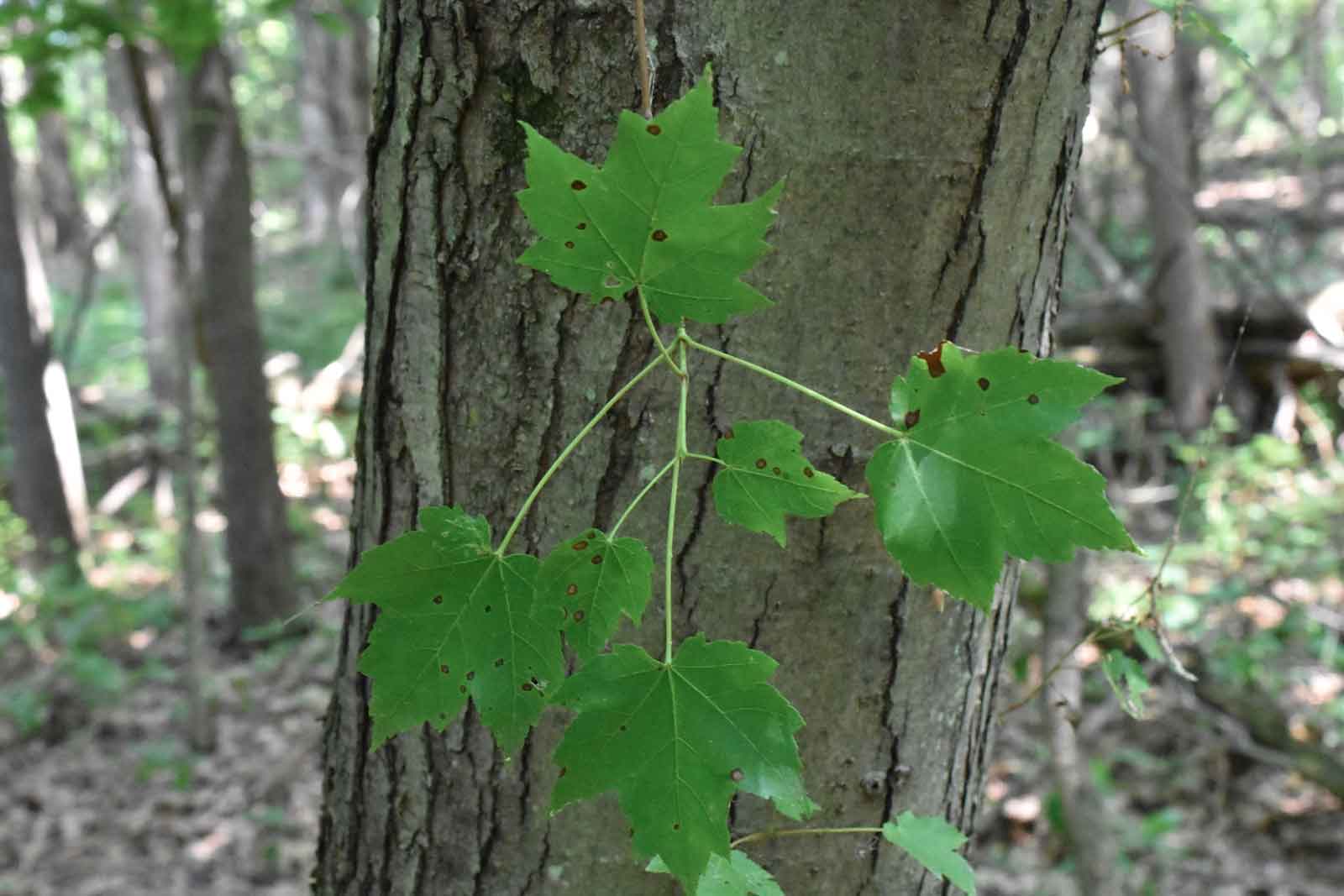
White Oak (Quercus alba)
Perhaps the most famous individual tree at the Preserve is the white oak found on the edge of the old field past the farm gate- its stately demeanor a welcoming and familiar beacon to the regular visitors. There are several thousand other white oaks here, in part because of the tree’s relationship with squirrels. The acorns of the white oak are significantly less bitter than those of the red oaks, and so are readily harvested by squirrels who accidentally plant many of them in their frenzied preparations for winter storage.
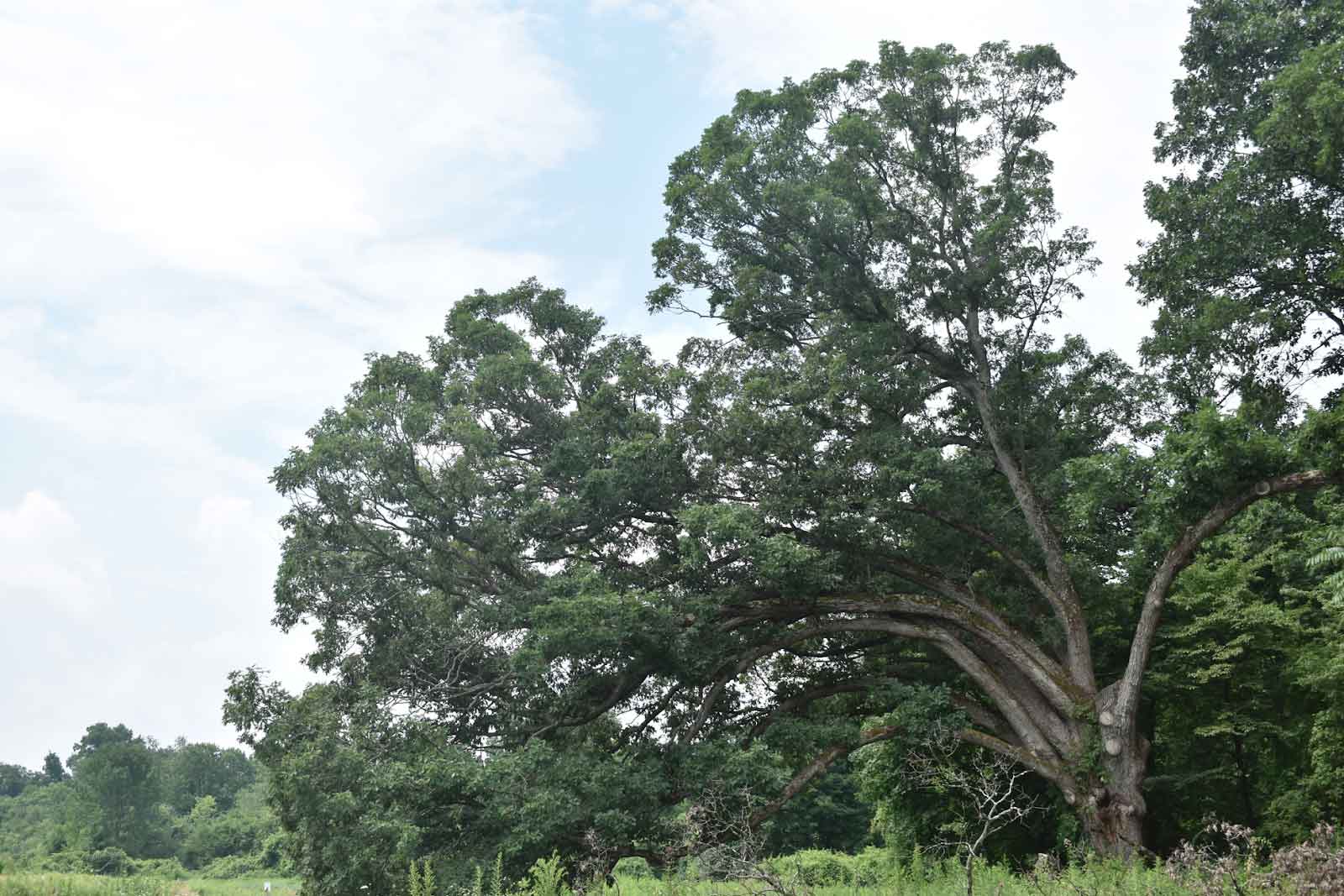
Shagbark hickory (Carya ovata)
The shagbark hickory functions as a kind of “Giving Tree” in our forests. It is best known for its thick, scraggly looking strips of peeling bark that remarkably enough can shelter bats. Squirrels will eat its leaf buds and several mammals and birds thrive off of its nuts, rich in protein and fat. American Indians also prized the nuts, which they boiled or mashed into a hickory milk. Its wood, extremely tough and impact resistant, served as the primary wood for creating axe handles. And the hickory is also recognized for its fragrance; it adds a rich flavor to hams and other meats when they are smoked over its wood. Shagbarks are common throughout the Preserve, but are most often found in lowland, wet forests.
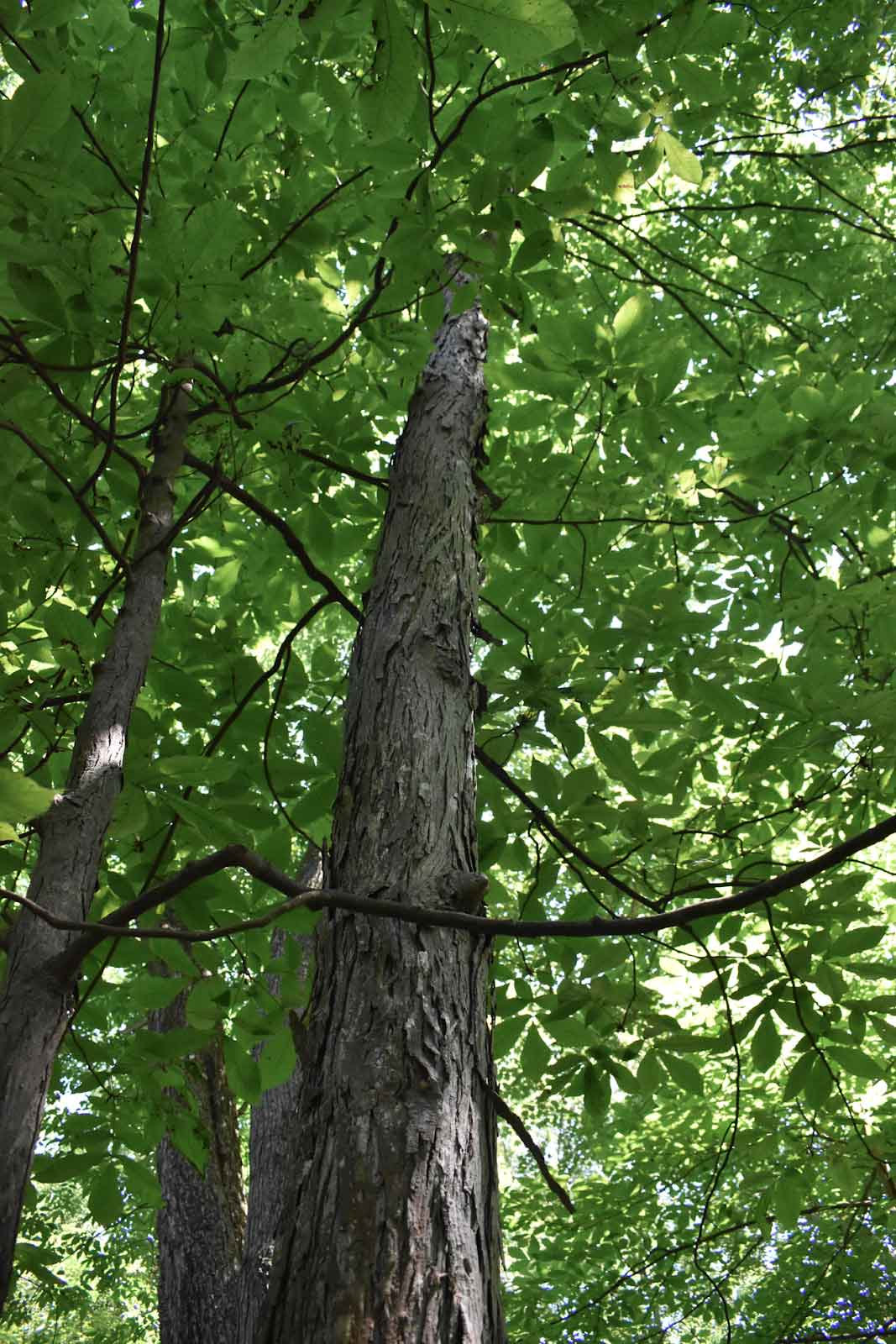
White ash (Fraxinus americana)
White ash is our second most common tree species at the Preserve- an unfortunate statistic when one considers that they will be dead within a matter of years. The emerald ash borer is rapidly killing off all native ash trees in North America, the VFEP not excluded. In addition to the loss of a critical component of the canopy structure, this elimination will have far reaching consequences on the myriad wildlife that currently utilize its resources: Its bark is food for our beavers and rabbits, its samaras (fruit) are foraged by wood ducks, northern bobwhite and other resident birds, and its leaves are consumed by white tailed deer.

Shrubs
Spicebush (Lindera benzoin)
Spicebush is one of our most common native shrubs, found most often in forests of rich, moist soil. It can be easily distinguished by its aromatic, spicy-tasting leaves and fruit. It is browsed by caterpillars of the spicebush swallowtail butterfly, as well as many other birds, deer, and rabbits.
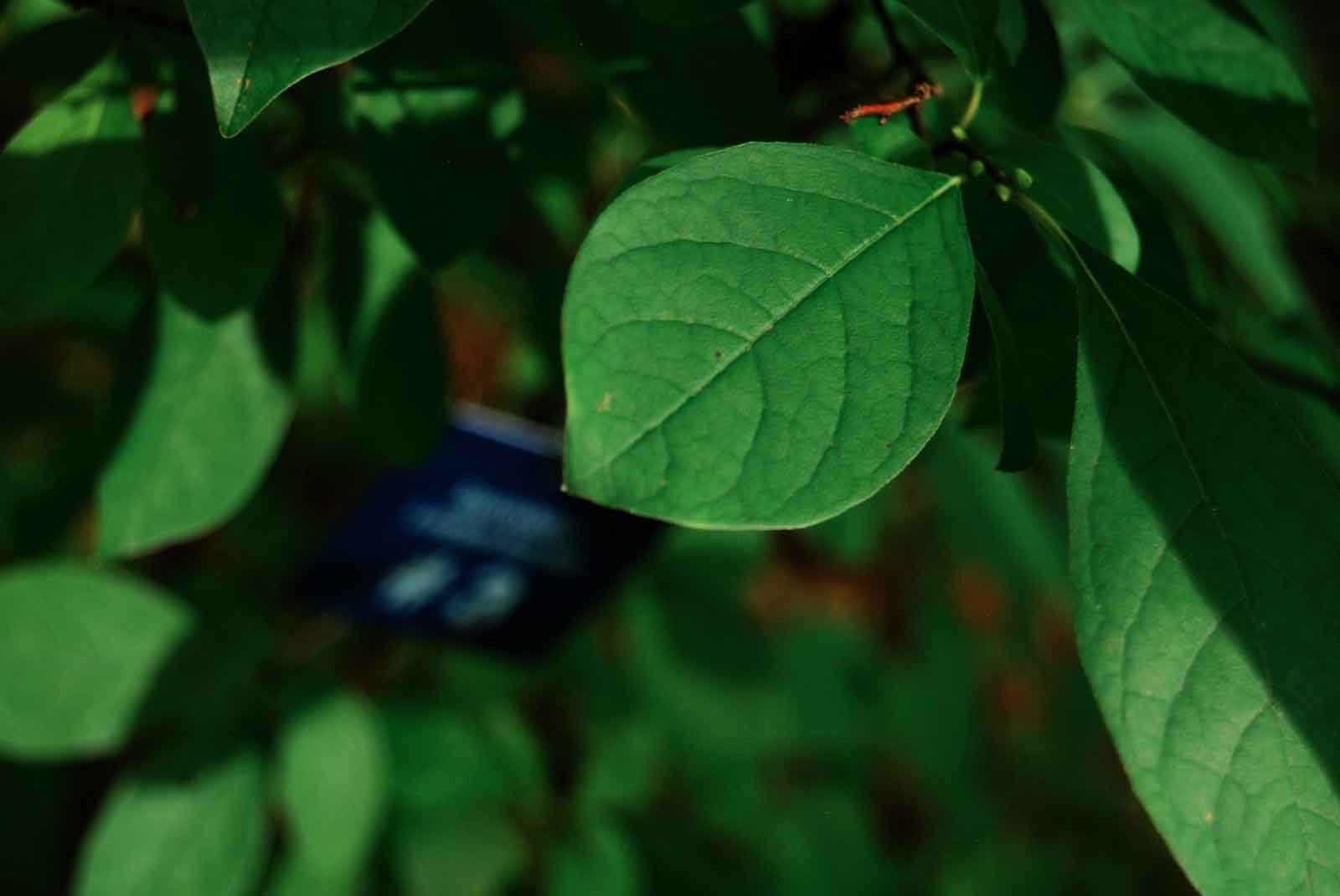
Herbs
Common Milkweed (Asclepias syriaca)
Without milkweed, there would be no monarch butterflies; and without the continuous preservation of our old field habitat, there would be much less milkweed at the Vassar Ecological Preserve. Monarch butterflies lay their eggs exclusively on the leaves of milkweed plants, whose milky latex contains a toxin called cardenolide that the young caterpillars have evolved an immunity towards. Consuming large amounts of the toxin in turn makes the monarchs toxic to other animals, providing them with their greatest natural defense. Milkweed does not take this assault on its photosynthesizing structures laying down, however- the latex released from biting into the leaves is so overwhelming in volume that it drowns many small caterpillars.
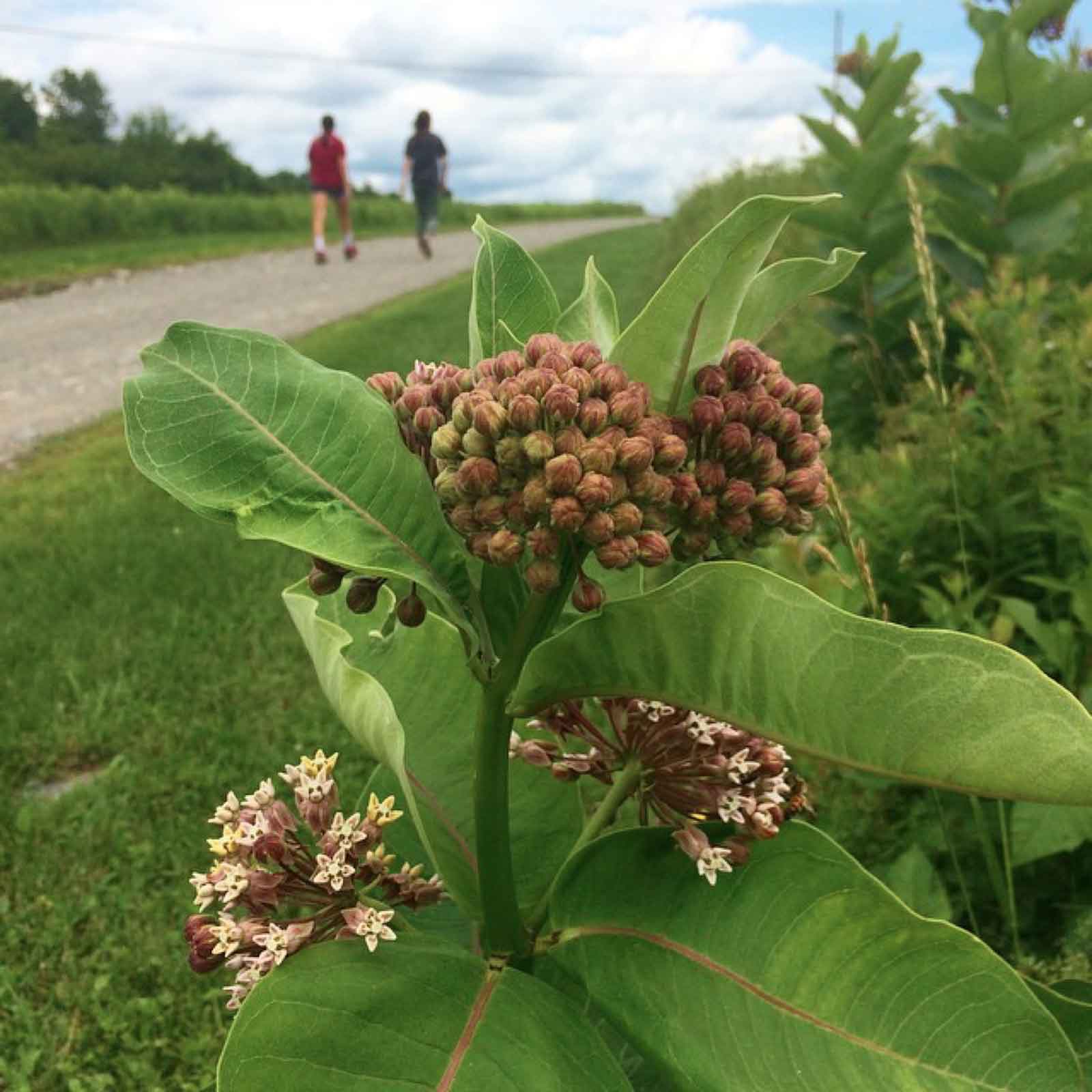
Jack in the Pulpit (Arisaema triphyllum)
Not carnivorous but also not beyond killing some bugs to help pollinate its flowers, Jack in the pulpit emits odors that draw unsuspecting gnats and other insects into the depths of its hooded spadix, a vertical spike with flowers at the base surrounded by a specialized leaf called a spathe. The bugs who come here believe it’s a fungus that could provide their eggs with a food source once they hatch. Instead, the male pulpit traps them so that their only means of escape is downward through a mass of pollen and out through a small hole. When they inevitably end up in a female plant, fooled once again by the fungal smell, they bring the pollen with them onto the stigma, completing the pollination process. This time, though, there is no opening for escape, and the bugs perish, unable to climb the sides of the sticky spathe.

Skunk cabbage (Symplocarpus foetidus)
Skunk cabbage is aptly named for the pungent smelling odor that is emitted by breaking its leaves, designed to attract certain pollinators like stoneflies that are drawn to the stench of rotting flesh and other morbid aromas. It is often the first sign of spring, capable of thawing frozen soil and melting snow by generating its own heat. Large meadows of pure skunk cabbage can be found across the wet areas of the Preserve.

Poison ivy (Toxicodendron radicans)
The most common vine on the Preserve is also the most notorious plant in America. Poison ivy contains the oil urushiol which can generate a miserably itchy, prolonged skin reaction when contact is made with almost any part of it. Learn how to identify it, as its form is as varied as the habitats it occupies. Despite its toxicity, poison ivy is still a valuable plant for birds: nearly 60 species feast on its berries.

Common goldenrod (Solidago canadensis)
Common, or Canada goldenrod is one of our most common wildflowers, and in the late summer the fields fire up with the amber color of its flowers, clustered in long drooping panicles. Its nectar is sought by long-tongued bees, short-tongued bees, wasps, flies, beetles, and a few butterflies and moths, and certain flies and wasps create galls in its leaves.

Sensitive fern (Onoclea sensibilus)
Though the sensitive fern has a sensitivity to frost, in all other manners it lacks fragility. It thrives in meadows and fields, in woodlands and forests, in floodplains and swamps, though it does prefer moist conditions. Its native range stretches far beyond North America, and well into Russia and China. It also bears mentioning that like most other fern species, sensitive fern produces several toxins and is largely immune to browsing. The overabundance of deer may be in fact supporting its proliferation, as their browsing of less toxic understory plants encourages the spread of ferns.
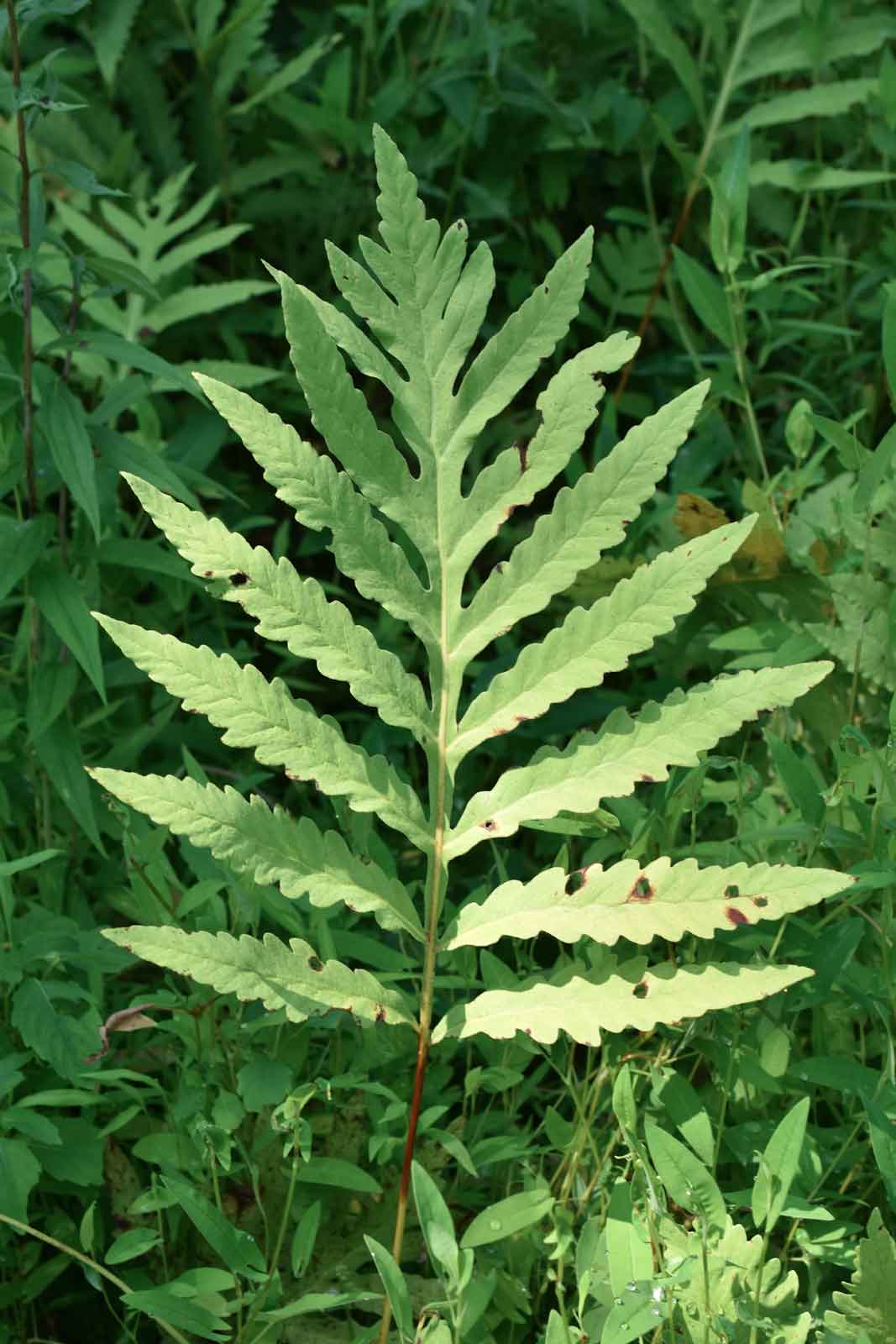
Trout lily (Erythronium americanum)
Spring ephemerals like trout lily are the greatest practitioners of efficiency. They bloom in spring, set seed, and then completely die back before the trees overhead develop sun-blocking leaves. Their above-ground presence lasts a matter of weeks. By June, there is no trace that they ever were there. Trout lily is one of the most lovely of the ephemerals, with its leaves mottled like brook trout and its drooping, six-pedaled, bright-yellow flower. In early spring, they blanket the forest floor.

Invasive Species
When it comes to invasive species, New York is a hotbed. Because of the state’s prominent role in global trade and travel, there is a constant influx of stowaway organisms arriving aboard ships and airplanes. These days, most new invasive species are introduced accidentally, but before awareness of their potentially destructive abilities were known, many were introduced intentionally. Today at the Vassar Farm and Ecological Preserve, we can see the legacy of over a hundred years of unmitigated invasion from non-native species. Some species have made positive contributions to our habitats; burning bush, for instance, is one of the most palatable species to deer, and takes some of the browsing pressure off of our native shrubs and saplings. However, the most consistent impact of invasive species has been a lowering in the diversity and abundance of native flora or fauna where they are present.
Oriental Bittersweet (Celastrus orbiculatus)
From eastern Asia, introduced mid 1800’s for landscaping
Take a look at the forest floor and it is likely that you will see bittersweet seedlings lying in wait. They are waiting for extra sunlight to filter down to their shady ground floor dwellings. When an old tree comes down, and a pocket of light opens up in the canopy, they spring into action. Now, with heightened photosynthetic rates, they grow rapidly, up to 12 feet per year. They springboard off of other vines and understory shrubs onto tree trunks, which they scale into the canopy. Over many years the woody vines thicken, eventually reaching up to 7 inches in diameter. While up until this point the vines have already smothered many other understory plants, this is where the real damage begins. The thick vines either girdle the trunks or weigh them down, eventually toppling them in storms. This in turn, leads to more light gaps which encourages the growth of more bittersweet seedlings, creating a positive feedback cycle that poses one of the greatest threats to the forests at the Preserve. Learn more about our research on mitigating vine gap expansion by planting American Chestnut trees.

Porcelain berry (Ampelopsis brevipedunculata)
From eastern Asia, introduced 1870’s for landscaping
It is hard to overstate the destructive ability of porcelain berry. The US Forest Service's Eastern Region, classifies porcelain berry as a Category 1 invasive species. This categorization is for "nonnative, highly invasive plants which invade natural habitats and replace native species.” Once growing amongst other forms of vegetation, it creates thick blankets that outcompete plants beneath them for light, water, nutrients, space, and pollination potential. In addition to spreading out it also scales trees up to twenty five feet tall and is capable of growing fifteen to twenty feet in a single growing season. The weight of the vine rarely topples shrubs and trees on its own, but it does make them more susceptible to stressors such as wind, snow, and ice. There is reason to believe that the thick, dense walls created on forest edges by porcelain berry and other invasive vines have had ecological impacts beyond the vegetation they suppress. Vines like porcelain berry seal the forest edge off, making it much more impenetrable. As a result, abiotic elements of the ecosystem such as precipitation and wind do not reach trees within the forest and raptors might be less likely to hunt in these areas.
Multiflora Rose (Rosa multiflora)
From eastern Asia, introduced 1860’s for landscaping.
Multiflora rose possesses one of the most diabolical reproductive strategies: when the tips of its long arching stems, called canes, touch the ground, they resprout into another cane, allowing them to colonize large areas in a single season with speed and efficiency. Yet this is just one of their many strategies for domination. Their stems are also filled with chlorophyll, allowing them to begin photosynthesizing before most other plants. The rose hips are prized by many birds, which disperse the roughly 500,000 seeds a single plant produces every year. And if that isn’t enough of an arsenal, its massive, hooked thorns deter browsing from most herbivores. For all of these reasons, multiflora rose is one of the most prolific shrubs in the Northeast United States.

Japanese Barberry (Berberis thunbergii)
From China and Japan, introduced in late 1800’s for landscaping.
Barberry’s clusters of small leaves arranged along erect, arching stems, along with its bright colored fruits and flowers throughout the year make it an appealing addition to a garden. Unfortunately though, barberry’s inconspicuous but painful thorns keep away native predators like deer, and its high fruit yield and effective seed distribution have allowed it to proliferate out of control across the northeast. However there is more to worry about than just its pricking thorns. Because of its umbrella-like shape and the density of its stems, barberry retains a higher level of humidity within its branches than the air outside, creating an ideal environment for ticks, who require moisture to prevent desiccation, and for mice, who hide from predators within the thorny walls. Because mice are vectors for ticks, barberry both directly and indirectly increases the abundance of ticks and lyme disease, making it an insidious addition to the Preserve’s plant community.

Honeysuckle (Lonicera sp.)
From China and India, introduced in 1800’s for landscaping.
Honeysuckle species are planted in North America as ornamental bushes because of their bright fruits and flowers, but spread easily to uncultivated forests and fields because of their effective seed distribution through both birds and mammals. Honeysuckles tend to grow their leaves earlier in the season than most other trees and shrubs with which they compete, and therefore have an advantage in the understories of forests. They shade out native tree saplings and shrubs and reduce the richness of soil. Even worse, the shade and resulting rise in humidity creates a more habitable environment for moisture-loving ticks, and therefore increases the prevalence and risk of lyme disease in areas where honeysuckle has become dominant.
